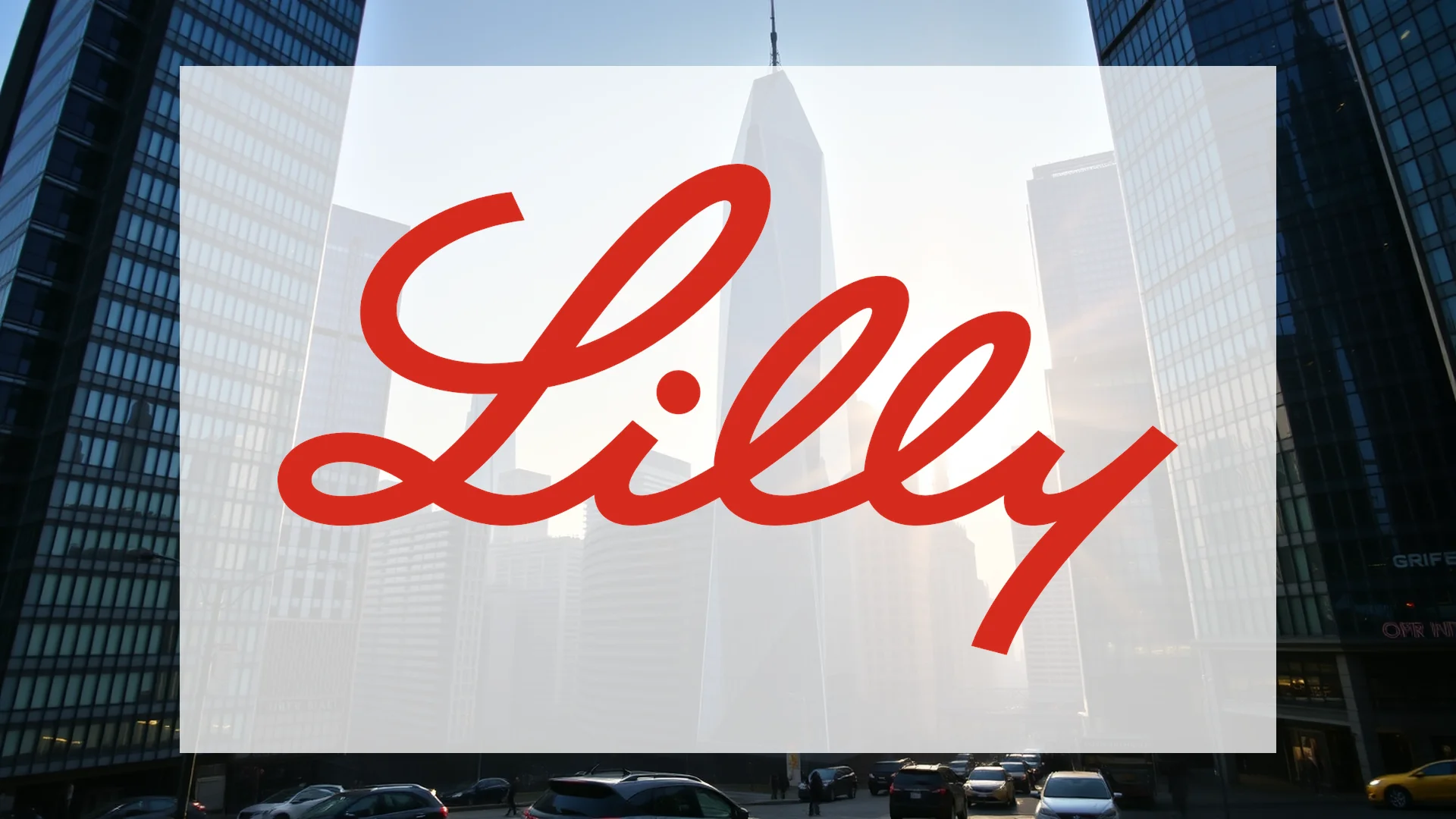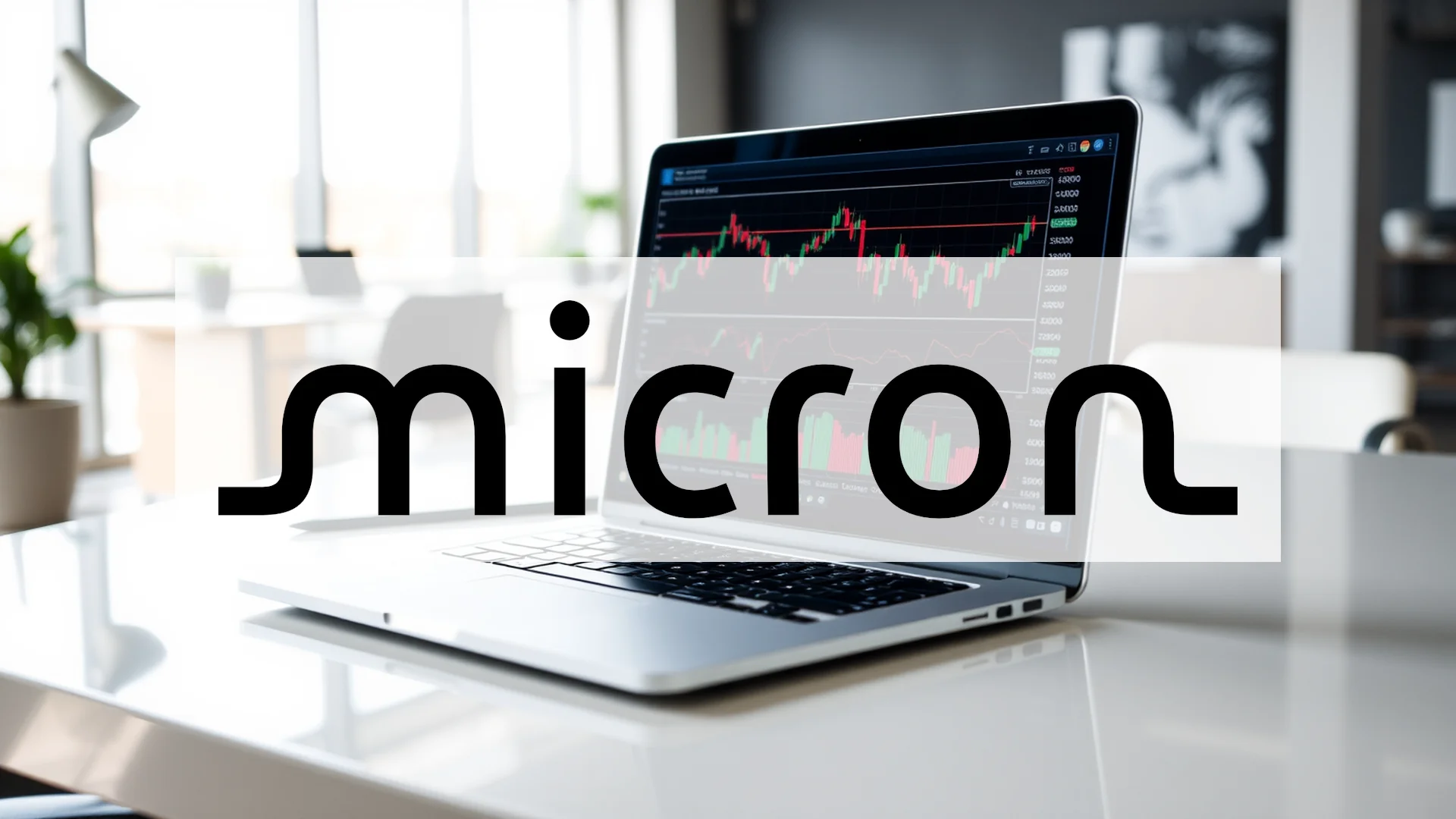A pivotal deadline from the U.S. government concerning prescription drug price reductions expires tonight, placing pharmaceutical giant Johnson & Johnson squarely in the spotlight. This regulatory move could significantly impact the company’s highly profitable pharmaceutical operations. Following a recent stock rally, investors are questioning whether shares face an unexpected downturn.
Regulatory Pressure Intensifies
The September 29th deadline represents a substantial escalation in governmental pressure on drug manufacturers. Under the new requirements, companies including Johnson & Johnson must extend “most favored nation” pricing to Medicaid patients and guarantee these rates for newly launched medications. The initiative aims to alleviate the burden on Americans, who currently pay the highest medication costs globally. For Johnson & Johnson, a company whose pharmaceutical division consistently delivers strong profit margins, this regulatory shift threatens to permanently constrain earnings potential.
Growth Projections Defy Regulatory Concerns
Despite the looming regulatory challenges, current quarterly forecasts reveal a surprising resilience. Market analysts project third-quarter 2025 earnings of $2.78 per share—a notable nearly 15 percent increase compared to the same period last year. Revenue is anticipated to climb 5.6 percent to $23.74 billion. This optimism suggests that market observers believe Johnson & Johnson can maintain its growth trajectory even within a more demanding regulatory landscape.
Should investors sell immediately? Or is it worth buying Johnson & Johnson?
This confidence is reflected in recent analyst upgrades. Goldman Sachs raised its price target to $186, while Guggenheim upgraded its rating to “Buy.” The consensus average price target of approximately $182 indicates further upward potential for the stock.
Valuation Presents a Contradictory Picture
The current valuation scenario presents an intriguing paradox. Trading at a P/E ratio of 16.4, Johnson & Johnson stands above the industry average. However, a discounted cash flow (DCF) analysis simultaneously suggests the shares could be undervalued by almost 60 percent. This discrepancy highlights market uncertainty: investors are balancing faith in the corporation’s fundamental strength against apprehensions about regulatory headwinds.
Tonight’s deadline will clarify how the U.S. government implements its pricing strategy. For stakeholders in Johnson & Johnson, this moment initiates a critical period that will test the healthcare behemoth’s ability to safeguard its profitability amid evolving regulatory demands.
Ad
Johnson & Johnson Stock: Buy or Sell?! New Johnson & Johnson Analysis from December 29 delivers the answer:
The latest Johnson & Johnson figures speak for themselves: Urgent action needed for Johnson & Johnson investors. Is it worth buying or should you sell? Find out what to do now in the current free analysis from December 29.
Johnson & Johnson: Buy or sell? Read more here...












